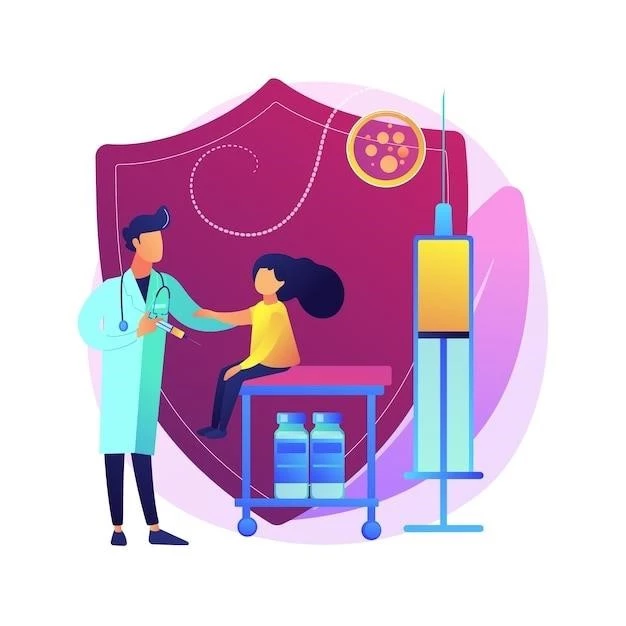Introduction to Condyloma acuminatum
Condyloma acuminatum is primarily caused by the human papillomavirus (HPV) infection. Understanding its etiology is crucial in treatment.
Definition and Overview
Condyloma acuminatum, also known as genital warts, is a sexually transmitted infection caused by the human papillomavirus (HPV). These warts can appear on the genital area, anus, or throat. The virus is highly contagious and can spread through skin-to-skin contact during sexual activity. Understanding the definition and overview of condyloma acuminatum is essential in recognizing the symptoms, seeking appropriate treatment, and implementing preventive measures to reduce its transmission.
Causes of Condyloma acuminatum
The primary cause of Condyloma acuminatum is the infection with certain types of human papillomavirus (HPV).
Human Papillomavirus (HPV) Infection
Human Papillomavirus (HPV) infection is the main cause of Condyloma acuminatum. HPV is a common sexually transmitted virus that can lead to the development of genital warts. The virus can be transmitted through skin-to-skin contact during sexual activity, and certain strains of HPV are more likely to cause genital warts. Understanding the link between HPV infection and the development of Condyloma acuminatum is essential in prevention and treatment strategies.
Symptoms and Diagnosis of Condyloma acuminatum
Recognizing the symptoms and early diagnosis of Condyloma acuminatum is crucial for timely treatment and management.
Common Symptoms
Common symptoms of Condyloma acuminatum include the presence of painless, flesh-colored warts in the genital area, anus, or throat. These warts may have a rough texture and can appear as small, raised bumps. It is essential to seek medical evaluation if any unusual skin growths or changes are observed in these areas to determine appropriate diagnosis and treatment.
Diagnostic Procedures
Diagnostic procedures for Condyloma acuminatum typically involve a visual examination of the affected areas by a healthcare provider. In some cases, additional tests such as biopsy or colposcopy may be performed to confirm the presence of HPV and rule out other conditions. Proper diagnosis is essential in developing an effective treatment plan tailored to the individual’s specific condition and needs.

Treatment Options for Condyloma acuminatum
Various treatment options are available for managing Condyloma acuminatum, ranging from topical treatments to surgical interventions.
Topical Treatments
Topical treatments are commonly used for mild cases of Condyloma acuminatum. These may include medications such as podophyllotoxin or imiquimod cream, which are applied directly to the warts. These treatments work by targeting the affected skin area and promoting the body’s immune response to eliminate the warts. It is important to follow healthcare provider instructions carefully when using topical treatments to ensure effectiveness and proper management of the condition.
Surgical Interventions
In cases where topical treatments are not effective or for larger warts, surgical interventions may be necessary for the removal of Condyloma acuminatum. Procedures such as cryotherapy, surgical excision, laser therapy, or electrocautery may be performed by a healthcare provider to physically eliminate the warts. Surgical interventions aim to remove the visible warts and reduce the risk of recurrence. Close monitoring and follow-up care post-surgery are essential for successful management of the condition.
Prevention Strategies for Condyloma acuminatum
Implementing vaccination and practicing safe sexual behaviors are key in preventing Condyloma acuminatum.
Vaccination
Vaccination against human papillomavirus (HPV) is a crucial preventive measure to reduce the risk of developing Condyloma acuminatum. HPV vaccines are designed to protect against specific HPV strains that commonly cause genital warts. By getting vaccinated according to recommended schedules, individuals can lower their chances of HPV infection and subsequent development of Condyloma acuminatum. Encouraging vaccination among eligible populations can effectively contribute to the prevention of this sexually transmitted infection.
Safe Sexual Practices
Engaging in safe sexual practices is fundamental in preventing the transmission of Condyloma acuminatum. Consistent and correct use of condoms can reduce the risk of acquiring and spreading human papillomavirus (HPV). Additionally, limiting the number of sexual partners and having open communication about sexual health can minimize the chances of HPV infection and subsequent development of genital warts. Practicing safe sexual behaviors is a key component in the prevention of sexually transmitted infections, including Condyloma acuminatum.
Complications Associated with Condyloma acuminatum
Complications of Condyloma acuminatum can include an increased risk of transmitting HPV and potential development of cervical or anal cancer.
Potential Complications
The potential complications associated with Condyloma acuminatum include the spread of human papillomavirus (HPV) to sexual partners, the recurrence of warts despite treatment, and the increased risk of developing certain types of cancer, such as cervical or anal cancer. Proper management and timely treatment of Condyloma acuminatum are essential in reducing the risk of complications and addressing any associated health concerns.
Relationship between Condyloma acuminatum and HPV
Condyloma acuminatum is primarily caused by infection with specific types of the human papillomavirus (HPV).
Link between the Conditions
The link between Condyloma acuminatum and human papillomavirus (HPV) lies in the viral infection being the primary cause of the development of genital warts. Certain strains of HPV, specifically types 6 and 11, are known to be responsible for the majority of Condyloma acuminatum cases. Understanding the relationship between these two conditions is crucial in diagnosis, treatment, and prevention efforts targeted at reducing the incidence of genital warts and HPV-related complications.
Psychological Impact of Condyloma acuminatum Diagnosis
Diagnosis of Condyloma acuminatum can lead to emotional distress and anxiety, requiring appropriate support and counseling.
Emotional Effects
The diagnosis of Condyloma acuminatum can evoke a range of emotional responses, including anxiety, fear, embarrassment, and concern about sexual health. Individuals may experience stigma or worry about potential transmission to partners. Addressing the emotional impact of the diagnosis through education, counseling, and support can help individuals cope effectively with the psychological challenges that may arise from living with a sexually transmitted infection like Condyloma acuminatum.
